Free Tropical Runtz seeds on orders over $150!
Leafhoppers are little, attractive insects that dwell and eat on cannabis plants. There are around 20,000 different types of leafhoppers. The term “leafhopper” refers to any member of the Cicadellidae family. Although they seem quite different in certain ways, most leafhopper species have characteristics that make them reasonably straightforward to recognize. Furthermore, they feed by sucking the sap from leaves and move about using two long back legs that may be utilized for jumping – or hopping. Leafhoppers begin as nymphs and then undergo a partial metamorphosis to become adult leafhoppers. Here is all you need to know about leafhoppers on your cannabis plants.
Leaf hoppers are sap-sucking pests that generate various problems for the cannabis plant. Growers can distinguish their damage by observing light-colored speckling on leaves, resulting from sucking sap and fluids from the plant tissue. If left unchecked, this delayed feeding gradually reduces the plant’s vitality, causing brown leaves. Leafhopper damage is rarely severe enough to harm adult plants seriously; however, these insects’ feeding can impede or distort young weed plants or new growth.
Furthermore, their poisonous saliva discolors the leaves, making them seem stippled, pale, or brown. Diseased shoots curl and die, while diseased leaf tips turn a diamond pattern of yellow. Leafhoppers also spread germs that cause viral illnesses and phytoplasmas. Some species exude honeydew on their leaf, promoting sooty mold establishment. As a result, the photosynthetic area is diminished.
Leafhoppers have thin, wedge-shaped bodies that vary in color from 1/8 to 1/4 inch long. When disturbed, they move quickly, crawling sideways like a crab, leaping forward and backward, or hopping to another weed plant.
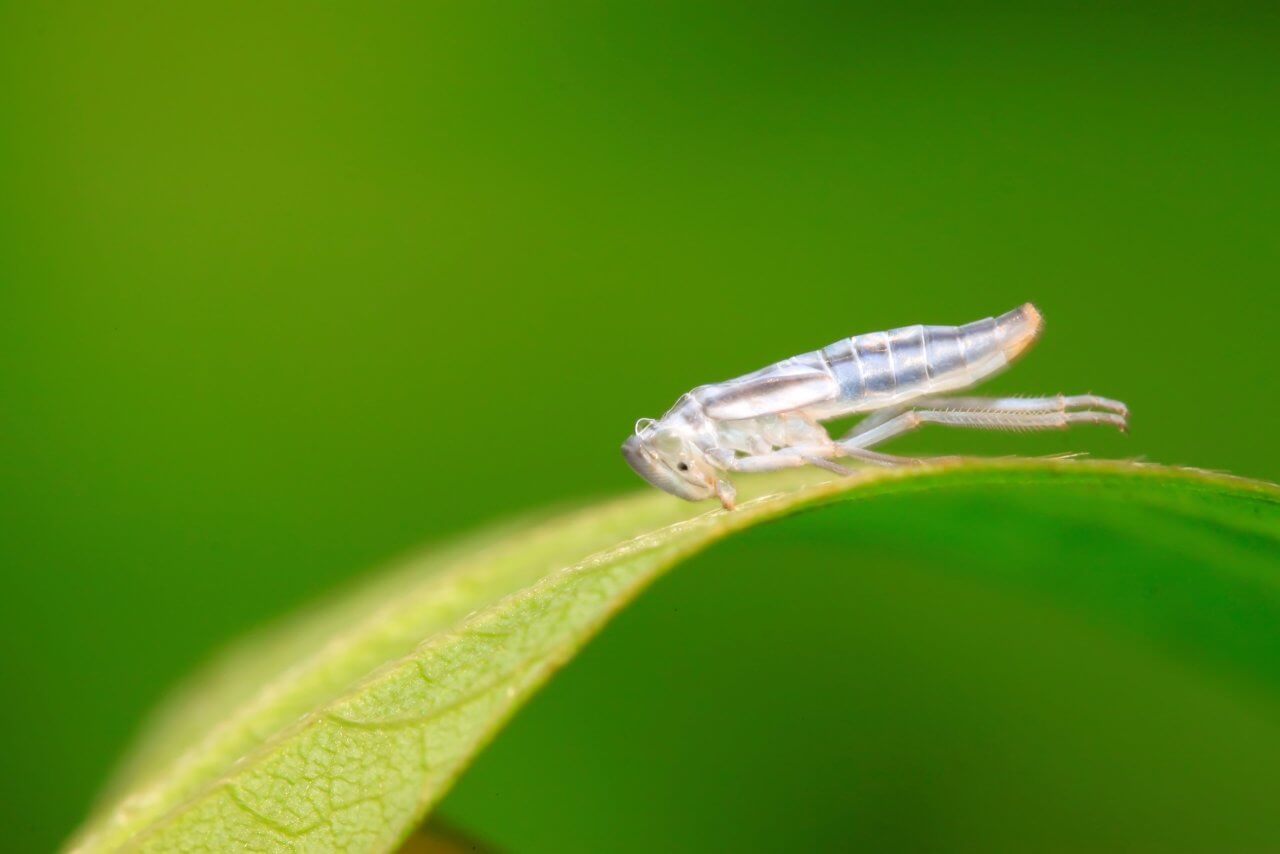
To identify leafhoppers, you should look for the following signs:
Honeydew is the most obvious evidence that leafhoppers are present. Honeydew is released after the insect consumes the plant, and this material is left on the leaves. Honeydew resembles little tar patches and will attract ants. Honeydew can also cause blackening of leaves due to the establishment of sooty mold. Since several other pests exude honeydew, you must inspect those visible to identify if they are leafhoppers. In most cases, nymphs target the leaf’s underside. Look for leafhopper damage, such as small black excrement stains and molting skins.
Leafhoppers can be difficult to control due to their ability to breed rapidly and their resistance to many common insecticides. Here are some effective ways to prevent leafhopper insects:
Biological control techniques, such as introducing natural predators or parasites of leafhoppers, can be used to manage infestations.
Chemical control options for leafhoppers on cannabis plants include insecticides specifically labeled for use on cannabis. There are several chemical control options available for leafhoppers:
This is a cost-effective and ecologically friendly pest control strategy that employs various common-sense approaches. Here are some IPM techniques for leafhopper control:
Creating a healthy growing environment is a key strategy in deterring leafhoppers. Here are some tips:
Growing some companion plants alongside your cannabis might provide a tempting alternative for hungry leafhoppers. Though this does not eliminate the possibility of them developing on your cannabis plants, it does reduce the likelihood of a serious leafhopper infestation.
Physical barriers can protect your weed plants from pests like leafhoppers and other threats. Here are some techniques you can consider using:
Regular monitoring and early detection of leafhopper infestations are crucial for effectively controlling and preventing damage to cannabis plants. Regular plant inspections are crucial when dealing with leafhoppers in cannabis for several reasons:
The simplest way to avoid a leafhopper infestation is to detect them early. Leafhoppers suck sap fluid off weed leaves more frequently when the environment is dry since they grow thirsty. Therefore, this is the best time to check for any indicators. Inspect beneath weed leaves and all around the plants since they will try to hide from you, often gliding across the leaf to the other side where you can’t see it.
Not all bugs are detrimental to your weed garden. Some are enormous companions who may aid in crop protection. Ladybugs are one type of insect that you may release into your garden to combat a leafhopper problem. Ladybugs will gladly consume the little creatures as part of their regular diet. Unfortunately, ladybugs will most likely fly away in a day or two. Other beneficial insects you can use include lacewings and parasitic wasps.
Managing leafhoppers effectively requires a careful balance of strategies. Here are some dos and don’ts for leafhopper management:
Dos:
Don’ts:
Leaf hoppers develop through many nymphal stages before reaching maturity, resulting in partial metamorphosis. Females place their eggs in the veins of cannabis leaves or on any vulnerable plant tissue. On average, 100 eggs are laid daily, depending on the temperature. When inserted into tissue, eggs produce “pimple-like” lesions that are more apparent than insects. Hatching takes six to nine days and starts when temperatures reach a particular threshold, at which point wingless nymphs develop.
These nymphs go through five instars before reaching maturity. Except for the lack of wings, late instar nymphs imitate adults. Adults appear after 2-7 weeks and start feeding by piercing plant portions and sucking the sap. Leaf hoppers overwinter as eggs on twigs or as adults beneath the weed plant’s bark. It also takes roughly three weeks for an egg to develop into an adult. During the developing season, many overlapping cycles may be completed.
When dealing with leafhopper control, it’s important to avoid certain common mistakes:
Proper watering and fertilization play a crucial role in preventing leafhopper infestations. Maintaining a healthy and lush cannabis plant will help deter leafhoppers. This can be achieved by proper fertilization and watering. Furthermore, proper fertilization provides the necessary nutrients for quick recovery and repair of damaged areas, preventing bare spots that can become prime locations for pest establishment.
Here are some expert tips for long-term leafhopper control:
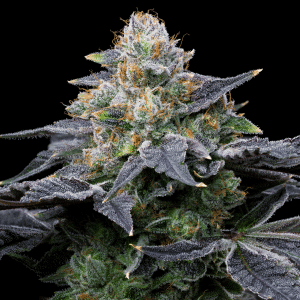
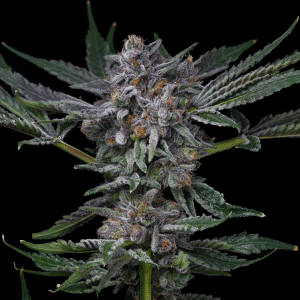
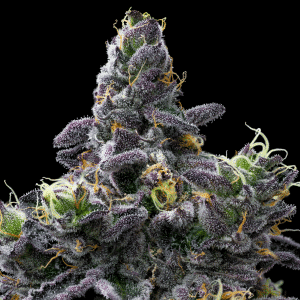
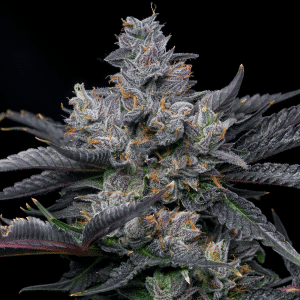
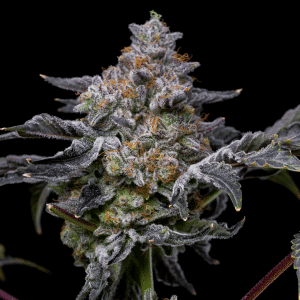
Offers
This product is not for use by or sale to persons under the age of 18. This product should be used only as directed on the label. It should not be used if you are pregnant or nursing. Consult with a physician before use if you have a serious medical condition or use prescription medications. A doctor’s advice should be sought before using any hemp products. All trademarks and copyrights are property of their respective owners and not affiliated with nor do they endorse this product. These statements have not been evaluated by the FDA. This product is not intended to diagnose, treat, cure or prevent any disease. By using this site you agree to follow the Privacy Policy and all Terms & Conditions printed on this site. All products contain less than 0.3% Cannabinoid-compliant with applicable Federal Laws. Please make yourself aware of any and all applicable laws regarding hemp in your jurisdiction. Premium Cultivars accepts no liability or responsibility regarding germination laws in any specific locale state or national jurisdictions.THCA products are not available for shipment to the following states: Hawaii, Idaho, Minnesota, Oregon, Rhode Island, Utah, Vermont *Note: Products with Total THC content above 0.3% must not be shipped to these states.
We want to help you get your hands on the seeds you want, take 20% off your next purchase when you enter your email below!
We want to help you get your hands on the seeds you want, take 20% off your next purchase when you enter your email below!